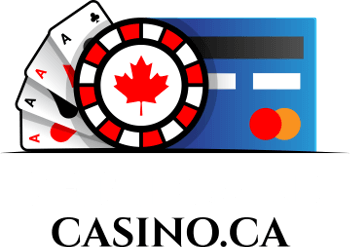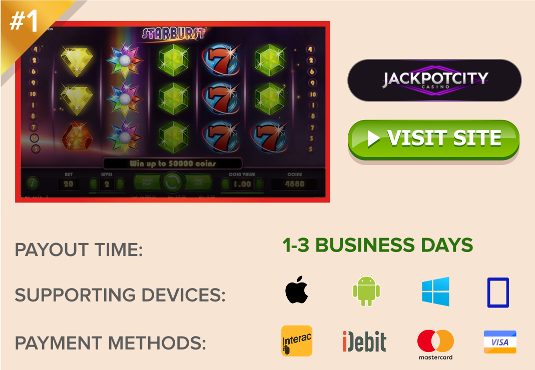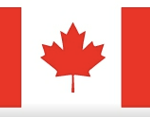How to Improve at the Game of Poker

How to Be a Better Poker Player in 6 Steps
- Understand Your Position: Table position is incredibly important. Your choices under the gun (first to act) should be far more conservative than from late position.
- Observe Your Opponents: Forget about your own cards for a while and start focusing on what your opponents are doing.
- Nothing in Poker is Free: If you’re hand is strong enough to see the flop, pay for it. Don’t let others see it for free.
- Take Pride in Folding: If discretion is the better part of valor, folding is the key to winning Hold’em poker. Learn to take pride in discipline.
- Turn/River Considerations: Be wise about acting on the turn and river. Consider your hand and observations of others. When all else fails, let pot odds guide your actions.
- Bonus Poker Tips: Learn how your game might benefit from foundational and new age concepts, such as ergonomics for online poker players, and nootropic teas as brain food.
1. Poker Position 101 – Seating Assignments |
|
Every position at the poker table means something different for your game. There are early positions, middle positions, and late positions. Generally speaking, the earlier your position, the harder it is to play, while later positions have greater advantages. The first player to act, seated after the big blind, is what we call “under the gun”, or UTG for short. This player is in the worst position of all. They have absolutely no hand information to work with, aside from their own cards. This means you’ll need a really good starting hand to do anything besides fold. If you have it, don’t limp, or you’re just begging others to follow you to the flop. From middle position, you still have to be careful. You can feel comfortable calling from this spot, so long as you have a good starting hand to do it it with. Otherwise, fold and save your chips for a better opportunity. Late position is the best, especially being last to act (right of small blind). You’ve picked up all the info you can from early and middle position players, and how confident they are about their hands. Aside from the blinds, you know how many players will be seeing the flop. Based on this info, you can decide whether your hand is strong enough to move forward with. Blind positions are more unique. As big blind, you’ve already been forced to invest in the hand. If you’re lucky, none will raise and you can simply call to see the flop. If not, you have more than enough info to determine call worthiness. As small blind, your in the same spot as the big blind, except that your forced investment was smaller, making it even easier to fold. Forced bets aside, both blinds have a late position advantage. |
2. Forget Your Cards – Read Your Opponents |
|
Amateur poker players spend far too much time looking at their own cards and considering how they might improve on the flop; so much so that they never consider looking up to observe their opponents. You can learn so much about the people around you by ignoring your cards, and instead focusing everyone else. You need to know at all times how many chips your opponents have. Not an exact count; an estimate will do. Expect a low-stack player to make more desperate moves. A high stack might bluff more often, having the power to force others to fold. A smart player – and you’ll know who’s smart by how their betting on different hand ranges – will almost always take the high road. These are the most dangerous of all, so identify them as quickly as possible. Pay special attention to patterns, and how they relate to starting hands. Some players always raise with a pair, or will call anything with a 4-card draw hand. Once you identify these patterns, you can put your opponents on hand ranges based on their actions. A good read leads to accurate predictions. You should always be watching for visible poker tells, as well. Certain hand gestures, facial expressions, nervous ticks – these are all a sign of something. Lester rubs his chin when he has the nuts. Miranda plays with her hair when she bluffs. Joseph always appears stoic, but but his forehead glistens with sweat on a draw. |
3. Never Let Up a Free Ride to the Flop |
|
If you want to improve your poker game, you shouldn’t take any hand to the flop that’s not worthy. That being said, if you have a flop-worthy hand, you should be willing to pay for it. And if you’re hand is worthy of paying to see the flop, why would you ever let anyone else see it for free? Novice players will take garbage to the flop so long as it’s cheap. You’re not building the pot by letting them do it, either. You’re giving them a chance to turn a crap hand into a better hand than your own. Nothing puts a skilled player on tilt faster than a bad beat against a beginner who gets super lucky because they don’t know better than to fold garbage. Make them pay for it by posting at least a minimum raise. |
4. Learn to Enjoy Folding, Before and After the Flop |
|
For most poker players, folding hurts. It can cause physical and emotional pangs. There’s always that fear of missing out on a rare good hand. Problem is, it is “rare” to get a good hand when you have a bad starter. Thus folding is the smart move, regardless of the outcome. If folding hurts, train yourself to respond positively to it. Look at a fold as a smart decision, and take pride in making those smart decisions. It’s easier to fold pre-flop than post-flop, because we have invested less money at that point. However, making the smart decision to fold after the flop, even though more money is being lost, is is still the right decision. So long as you’re not bleeding too many chips into the pot – and you won’t be if you’re making other smart decisions – you can be proud of your ability to fold without remorse. Let’s look at some examples. If you’ve got A-K suited, and the flop brings Q-Q-7, your hand is worthless. It was pretty pre-folp, but is garbage post-flop. Fold it. If you’ve got J-J and the flop comes up A-K-X, A-Q-X, or K-Q-X, fold it. Anyone with an A, K and/or Q has you beaten. Long story short, don’t fall in love with a starting hand that can be easily beaten when it isn’t complemented by the flop. |
5. Things to Consider on the Turn & River |
|
This is the most crucial part of Texas Hold’em. If you’ve come this far, and you find the flop appealing enough to keep going, you want to protect your investment. Here are some tips to avoid over- or under-playing your hand, based on its current value. Draw Hands: A draw hand is any hand that is one out (additional card) away from making a great hand. Most often it’s 4 cards to a straight or flush. Your odds of hitting an out are never too great, so you’ll want to be able to see the turn or river card as cheaply as possible. Top Hands: If you’re reasonably certain you have the best hand, make others pay to compete. Place a big enough raise that low-value and draw hands will find it too expensive to follow. It’s always better to win a little now than lose a lot later. Scare Cards & Nuts: Pay attention to scare cards on the table. If there are at least 3 same-suit cards showing, be aware that someone may have the flush. If there’s a pair showing, watch out for a full house. Always consider the best possible hand – a.k.a. the nuts – and use your powers of observation to judge whether someone has them. Bluffing: Bluffing is a skill that should be reserved for rare occasions and appropriate opportunities. If you’ve got a good enough read on your opponents, you can use a scare card to bluff them away from the pot. Do not bother bluffing after the river. If you believe your opponent has the better hand, he/she probably believes it too. Pot Odds: When all else fails – when you’re really not sure whether it’s a good idea to keep going or to fold – calculate your pot odds. Why put all that pressure on your shoulders, when simple mathematics can provide the best answer for you? If you aren’t familiar with pot odds, don’t worry. It’s not that hard, and you don’t even need a calculator to do it. Basic math skills with easy estimation will do the trick. |
6. More Tips on How to Improve Your Poker Game |
|
In this last section, we provide links to some additional concepts you can try to advance your skills and profit margins on the felt.
|
 Jackpotcity.com is our editorial pick for your gaming needs. Currently offering an entire suite of casino games, as well as a wide range of Canadian deposit options, JackPotCity truly offers world-class gaming.
Jackpotcity.com is our editorial pick for your gaming needs. Currently offering an entire suite of casino games, as well as a wide range of Canadian deposit options, JackPotCity truly offers world-class gaming.





